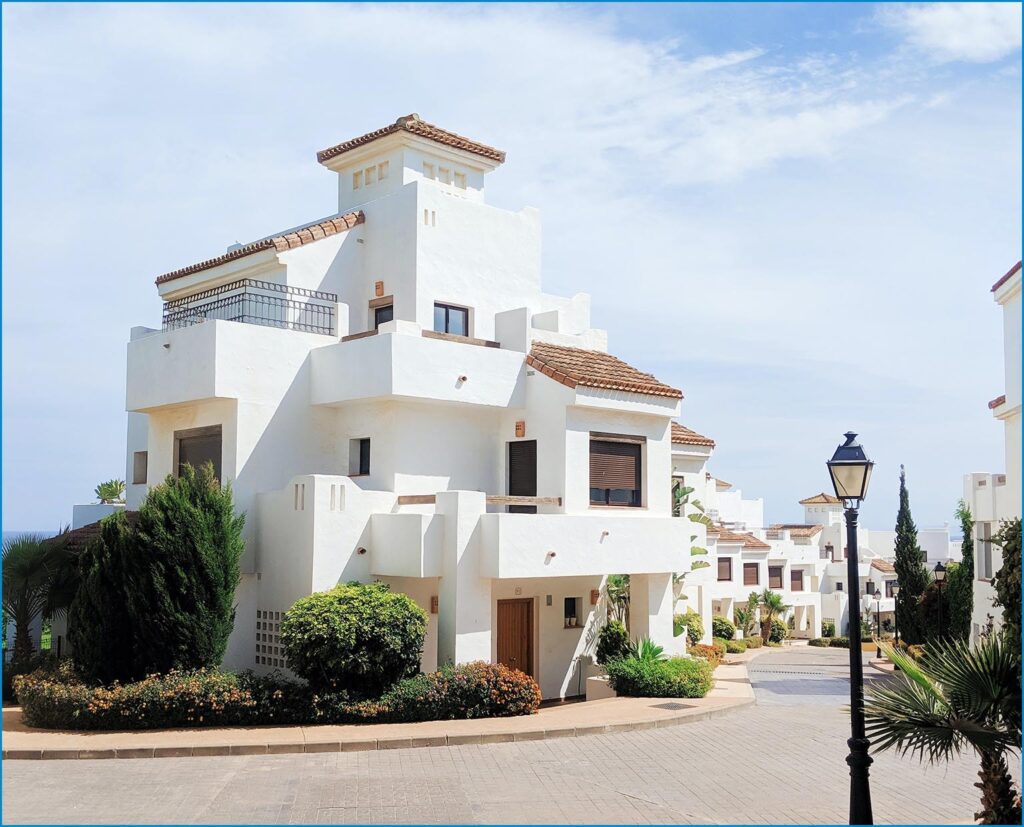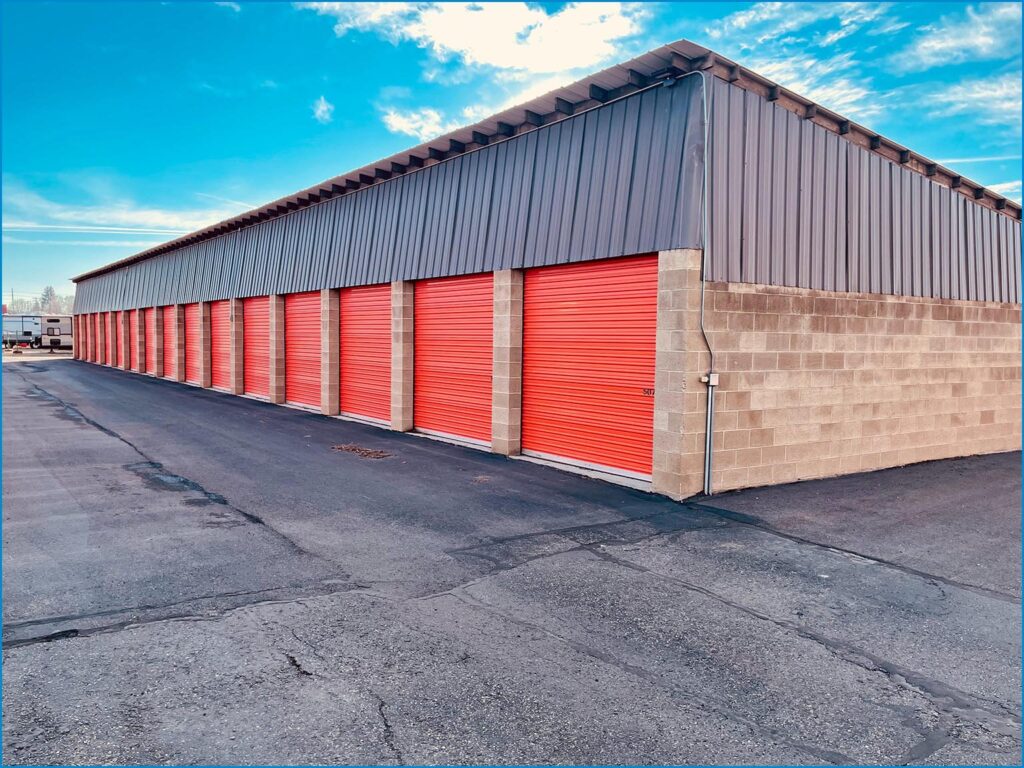Buying and holding properties that produce income is the core real estate investing strategy for many successful investors. With this strategy it is possible for you to build a portfolio that generates enough cashflow and income every month so that there’s no need to work a traditional job.
Over time it’s very possible to create lasting, long term, and even multi-generational wealth that can be passed down to your children and future generations.

There are many types of properties that can be acquired to meet this objective, and also many ways that you can achieve this goal – either through active, day-to-day involvement with the properties, an entirely passive approach, or many variations in between. As the investor, you get to choose the method that best fits your individual capabilities, available time or desired lifestyle.
Most investors start out investing in income properties with traditional residential single family homes. A typical example in the simplest form is buying a house by putting money down, getting a loan for the remainder, then leasing and charging a tenant rent that covers the mortgage, taxes, insurance, reserves for maintenance expenses and then having enough rental income leftover to provide cashflow above those costs.
Many factors can drive the feasibility of this approach, such as purchase price of the property, interest rates for the borrowed funds, property tax rates, condition of the home and related maintenance costs, expenses to market and find a tenant, vacancy rates (the time the property sits without a tenant), your time or cost of property and tenant management and the amount of rent that the market will bear for the property size, location and features. There could potentially be other factors to consider as well.
Do this successfully with multiple properties and you can build sizeable cashflow every month. Of course, with more properties there can be new problems due to the increased scale of management for more properties. While you are earning this cashflow you are also paying down the loan and increasing your equity in the property, and also can benefit from the appreciation of the property value passively just through market factors.
Alternatives to Single Family Long Term Rentals
These basic concepts can be applied to other property types that have benefits over the single family home model, but also may introduce new challenges.
For example:
- Short Term and Vacation Rental Properties: Rental income can be significantly higher since you are able to charge high nightly rates. Conversely, you’ll have higher marketing and management costs, higher maintenance costs, increased risk of vacancies and seasonal variability, risk of changing regulations that could block your ability to do the short term rental strategy. Variations on this strategy include medium term rentals such as leasing by the month, or several months for corporate housing, traveling nurses, etc.
- Multi-Family Properties: Duplexes, Triplex and Fourplexes can reduce your management overhead and other costs by requiring only a single purchase and loan, sharing costs for the building and maintenance, close proximity for management oversight and spreading vacancy risks across multiple tenants. The downside is these properties are often more difficult to find, may be in less desirable neighborhoods that may not appreciate in value as fast as single family homes.
- Residential Commercial Property: Apartments and buildings that have more than four units are typically classified as commercial properties. These larger residential properties taking all the multi-family benefits of scaling to another level. Your management oversight needs will also scale, and in many cases require full time dedicated management services. This along with the efficiency and expertise to properly run a large property can seem daunting, but what would actually be easier – 100 units (or “doors” in Real Estate lingo) in a large complex, or 100 single family homes? Acquisition costs – or at least prices – will be much higher to get started, but you might find yourself able to leave a full-time job with the acquisition of just one large property. Financing becomes very different for commercial properties, and the property itself and its ability to generate income will be the factor, not your personal credit rating or personal financial guarantee for a loan.
- Business Commercial Property: It’s easy to have a narrow focus that residential property is the only way to have income producing property but there are many other opportunities to general income with real estate. Commercial space for businesses also bring in rents for the property owner, of course the details of how to manage these properties can be a bit different from residential properties – it’s still something to consider as an investor.
- “Niche” Property: Consider this category a catch all and an opportunity to broaden your thinking about income producing real estate. Each will have different management factors to consider, different cost and income models to understand and strategies to implement. Some examples that have been successful for real estate investors include mobile home parks, parking garages, and storage unit facilities.

Next> Land Development
“Our favorite holding period is forever.”
– Warren Buffett

The Book on Rental Property Investing. How to Create Wealth with Intelligent Buy & Hold Real Estate Investing
by Brandon Turner

Build a Rental Property Empire. The No-Nonsense Book on Finding Deals, Financing the Right Way, and Managing Wisely.
by Mark Ferguson

